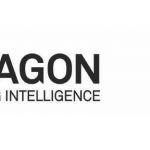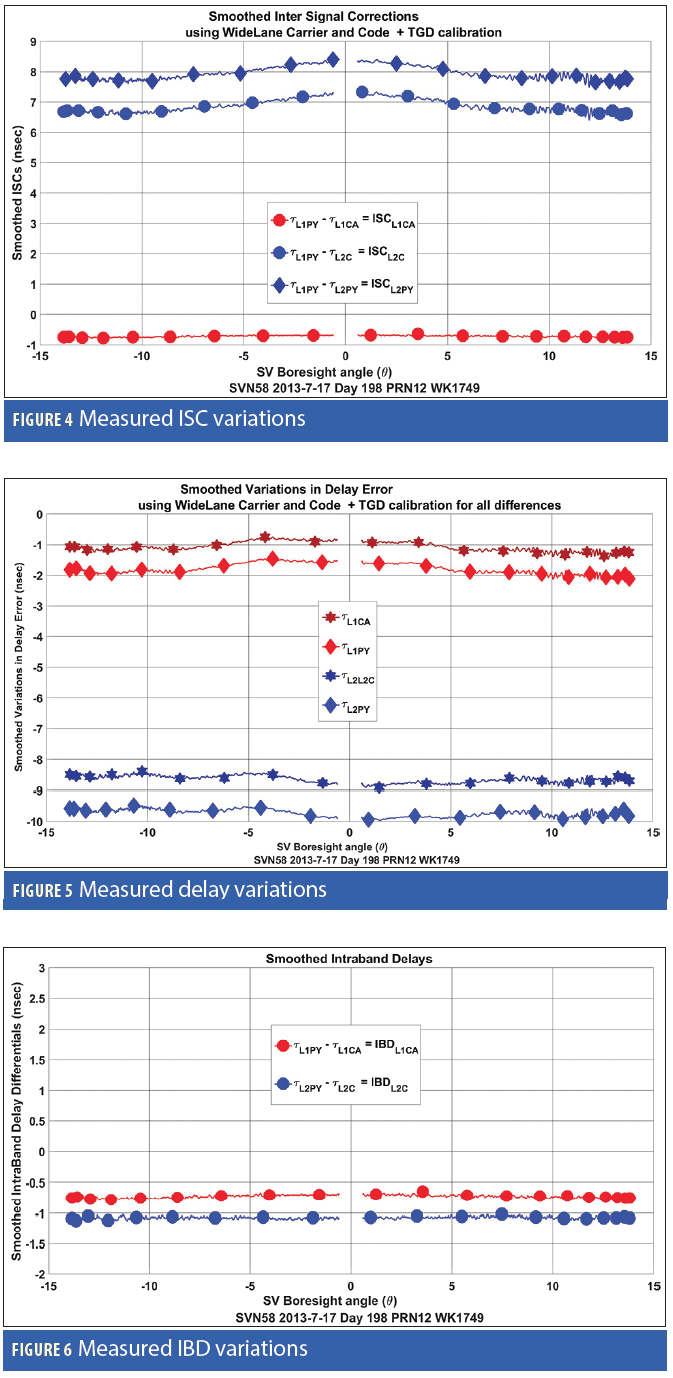 u-blox modules
u-blox modulesThalwil, Switzerland–based u-blox has announced the upcoming release of a new firmware, FW 3.01, for its u-blox M8 multi-GNSS platform.
u-blox M8 FW 3.01 will now also support Galileo in addition to GPS, GLONASS, BeiDou. It can track up to three constellations concurrently and makes use of all satellite-based augmentation system (SBAS) signals and Japan’s Quasi-Zenith Satellite System (QZSS) at the same time, according to the company.
Thalwil, Switzerland–based u-blox has announced the upcoming release of a new firmware, FW 3.01, for its u-blox M8 multi-GNSS platform.
u-blox M8 FW 3.01 will now also support Galileo in addition to GPS, GLONASS, BeiDou. It can track up to three constellations concurrently and makes use of all satellite-based augmentation system (SBAS) signals and Japan’s Quasi-Zenith Satellite System (QZSS) at the same time, according to the company.
Products with FW 3.01 in ROM will become available in the second quarter of 2016. Firmware to upgrade existing flash-ROM based u-blox M8 products can be downloaded from the u-blox website.
Once Galileo is fully deployed, the European GNSS will provide access to 24 additional satellites, thereby significantly increasing availability of GNSS signals and further improving position accuracy in challenging urban environments. u-blox M8 supports Galileo-based eCall, the European emergency call system, which will be required in new vehicles starting 2018. u-blox M8 is also compliant with ERA-GLONASS, eCall’s Russian equivalent.
In addition, with FW 3.01, the u-blox M8 has increased BeiDou acquisition sensitivity and adds support to the Indian GAGAN augmentation system.
M8 chips and modules are able to operate reliably in difficult environmental conditions as well as in a security attack scenario,l u-blox says. Because a growing number of wireless systems rely on GNSS positioning, the threat of attacks, such as diversion of drones or hijacking of car electronics, has become very real.
Security mechanisms are now embedded in FW 3.01, the result of years of intense research at u-blox R&D labs, the company says. An anti-spoofing feature detects fake GNSS signals, and a message integrity protection system prevents "man-in-the-middle" attacks. Yet another security function detects and suppresses jamming. Since all this functionality is already built into the M8 FW 3.01, these security mechanisms are a lot more effective than an external system implementation, u-blox suggests.
Automotive-grade M8 products benefit from an extended operating temperature of -40 to +105°C and are AEC-Q100 Grade 2 qualified. The extended temperature range allows more flexibility in vehicle integration, for instance by integrating an M8 GNSS receiver into a roof-top antenna where temperatures can reach 105°C, according to the company.
The company says that the FW 3.01 has reduced power requirements by 10 percent compared to earlier firmware versions of the M8.
The u-blox M8 platform supports applications where navigation performance, reliability, and high accuracy are paramount, whereas the recently announced u-blox 8 platform addresses power sensitive applications such as wearables. u-blox M8 and u-blox 8 products are pin- and software compatible.





